
With the growing technology, social media and networking sites, sexual predators can now lurk online behind a veil of anonymity and target potential vulnerable victims, who are usually in their teens. Continue Reading…

With the growing technology, social media and networking sites, sexual predators can now lurk online behind a veil of anonymity and target potential vulnerable victims, who are usually in their teens. Continue Reading…
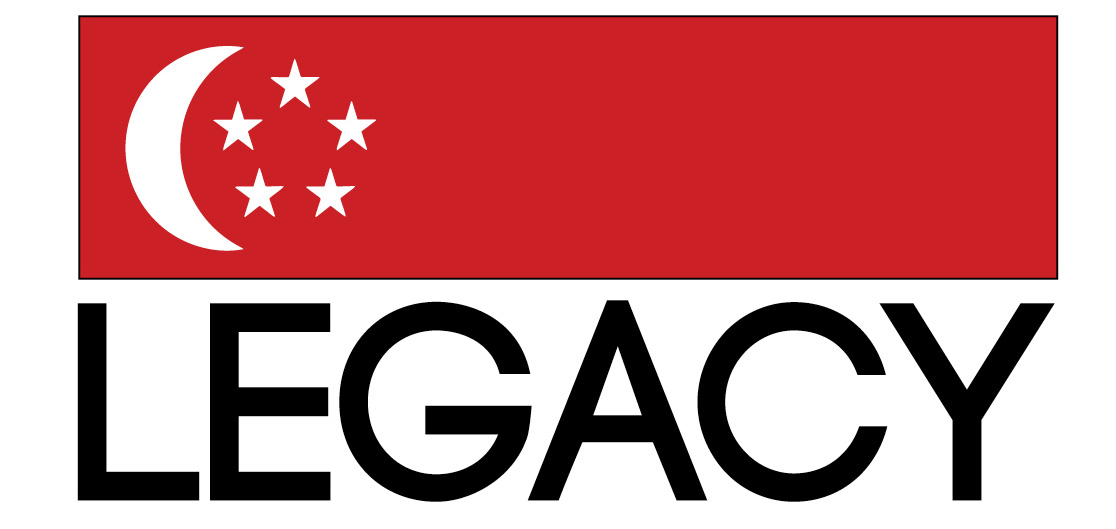
Passing the baton to the next generation. Are we ready? What can we learn from each of them?
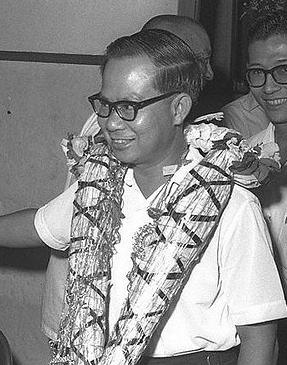
Less than six decades ago, the flag that flew over this nation was the British Union Jack. Today, it is the crescent and five stars. But if it weren’t for the late Dr Toh Chin Chye, the red-and-white symbols of Singapore may have taken a very different form.
The flag was unveiled on Dec 3, 1959, at the Padang. It was the result of a two-month design process involving Dr Toh and an artist from the then Ministry of Culture. Dr Toh took great care to ensure the flag was as inclusive as possible. In a 1995 interview with The New Paper, he explained that the crescent moon took into account Malay sentiments, since “there are also five stars on the flag of the People’s Republic of China”. There was also a need to “remove any apprehension that we were building a Chinese state”.
As for the choice of white, he meant for it to symbolise the unity of the different races since the seven colours of the rainbow, when mixed together, produce white. Fittingly, Dr Toh led the men in white and was the founding chairman of the People’s Action Party.
For 27 years, from 1954 to 1981, Dr Toh served as the party’s chairman. He steered the PAP through some of its darkest days, including a split in 1961 when the left-wing Barisan Sosialis was formed, the merger with Malaysia in 1963 and the subsequent painful separation in 1965.
After 22 years as a minister, he left the Cabinet in 1981 but continued to be a vocal backbencher.
“In this last term, I hope I will be of public service and not be a wallflower in the chamber of Parliament or a dumb cow,” he said before stepping down. He remained a Member of Parliament until 1988 and during this period, he spoke out against the Government on issues like Central Provident Fund payments, press freedom and killer litter.
He died in 2012 at the age of 90.
In essence, Dr Toh was with the PAP at the start, kept it together, served it faithfully, and then became its most outspoken internal critic.
Dr Toh was a man with humble beginnings – a hawker’s assistant in his teenage years. But his life was forever changed when he witnessed a starving man die before him.
“(The man) looked worn out. I saw him lie down. I thought he was taking a rest,” Dr Toh said. “The next thing, I saw flies buzzing around him. Well, it really struck me. He is a human being! How could we leave him to starve?”
That memory of the hardship ordinary people suffered during the Japanese Occupation lit an unquenchable fire in his belly. The hawker’s assistant eventually rose up the political ladder to become Deputy Prime Minister and a giant of Singapore’s history.
He knew how to make cool things on the cheap. He liked the wildlife, music, creativity and courage. Dr Goh Keng Swee was one of Singapore’s first generation leaders who not only built the Silicon Valley of his time (Jurong Industrial Estate was unprecedented in the 1960s), but also brought an inventive spirit to problem-solving in Singapore and was ahead of his crowd.
How far ahead? So far ahead that he could have been a hipster who knew what was cool before it became cool.
Here are 7 “hipster” ideas he mooted
1. The idea of letting Singaporeans get close to nature and wildlife.
Dr Goh’s trip to a free-flight aviary in Rio de Janeiro, Brazil, in 1968, gave him the idea of setting up something similar in Singapore. He said a bird park will “add to the enjoyment of our citizens, especially our children”.
The western slope of Jurong Hill was chosen for the bird park, but why didn’t we build a zoo or any other attraction first? It was a matter of dollars and cents.
At the grand opening of the River Safari in February 2014, Prime Minister Lee Hsien Loong said: “Soon after independence, Dr Goh Keng Swee felt that our families needed spaces to enjoy themselves amidst wildlife and nature. As a true economist, he started with a bird park because he said bird seeds cost much lesser than meat for lions and tigers!”
While Jurong Bird Park was being built, planning began on the Singapore Zoo. The zoo opened two years later, on 27 June 1973. While both attractions were built with Singaporeans in mind, they were later promoted as tourist attractions to develop the tourism industry.
2. The idea of getting away from this island to…another island.
Dr Goh’s plans to grow the tourism industry also included a bold move to turn Pulau Blakang Mati, or “the island behind which death lurks” in Malay, into a holiday resort. In the late 1960s, the ominously-named island was home to SAF units like the 30th Combat Engineers Battalion and Bomb Disposal Unit. The first batch of recruits from the Singapore Navy trained there too.
But Dr Goh suggested that the island be developed into an attraction for both Singaporeans and tourists. The government went ahead with his suggestion, and the island was renamed “Sentosa”, or “peace and tranquillity” in Malay. Today, Sentosa may not be entirely peaceful and tranquil, but it is one of Singapore’s top tourist attractions.
3. The idea of letting our youths take to the sky.
As the Minister for Defence from 1965 to 1967 and 1970 to 1979, Dr Goh came up with different ways to build a credible defence force. With the British planning to withdraw all their troops by the mid-1970s, Dr Goh felt that air defence was a top priority. When the Singapore Air Defence Command (which would later become the Republic of Singapore Air Force) was set up in 1968, Dr Goh saw a need to recruit pilots who could defend our skies.
Instead of launching a recruitment drive, Dr Goh set up the Junior Flying Club in 1971 to promote flying among secondary school and tertiary students, and nurture potential pilots for the Air Force. Today, it is known as the Singapore Youth Flying Club (SYFC).
4. The idea of letting our youths take to the sky, land and sea.
It was then-Prime Minister Lee Kuan Yew’s idea to have a scholarship scheme for the SAF, but it was Dr Goh who turned this idea into reality, allowing young men and women to soar as soldiers, sailors and airmen.
According to Prime Minister Lee Hsien Loong, within a month of Mr Lee’s suggestion in March 1971, MINDEF had already interviewed and selected candidates, offering them fully-sponsored education abroad. This scheme became known as the SAF Overseas Scholarship. In 1973, Dr Goh started a scheme called Project Wrangler to track and plan the careers of promising and capable scholars.
5. The idea of letting people develop ideas for the SAF.
In the same year that Dr Goh set up the Junior Flying Club and worked on the SAF Overseas Scholarship scheme, he also thought about war. He felt that in the future, wars would be won by countries with the best defence technology. And because no country would sell its defence technology, Singapore had to develop its own.
In 1972, Dr Goh picked three officers to work secretly on electronic warfare, under a cover called “Electronic Test Centre” (ETC). Their office? The second floor of a former detention centre on Onraet Road. By 1976, the group of three had grown to 20, and the following year, ETC was renamed the Defence Science Organisation (DSO), but the public knew nothing about it until 1989.
While most of DSO’s work remains under wraps, some of their achievements have been made public over the years, like developing unmanned systems for land, air and sea. Check out this video of the Skyblade III Mini Unmanned Aerial Vehicle, which was jointly developed by DSO and ST Aerospace.
6. The idea of making Singaporeans more cultured.
To Dr Goh, artistic development was as important as defence development, which led to the opening of the Japanese Gardens in February 1973. he said it was “a minor scandal” that Singapore did not have a symphony orchestra.
The then-Ministry of Culture followed up on this, and submitted a proposal to the Ministry of Finance to ask for funding. Their idea? To get overseas Singaporean musicians to come home and form the orchestra. But it was turned down by the Ministry of Finance in June 1973.
There was little progress on this until 1976, when Dr Goh quietly revived this project by working out how the symphony would be run and organised. He then got the Ministers of Culture, Finance, Education and Law on board, and submitted a joint paper to the Cabinet. This plan worked. The Singapore Symphonia Company was formed in 1978, and gave its first concert at the Singapore Conference Hall on 24 January 1979.
7. The idea of legalising (gasp!) betting and gaming.
Even after retiring in 1984, Dr Goh continued to contribute ideas. Around 1986, Mr Lee Kuan Yew asked him to come out of retirement, and look into a possible problem at the Singapore Turf Club, which organised horse racing.
It was brought to Mr Lee’s attention that as a private club, it was possible for members of the Singapore Turf Club to dissolve the Club at any time and distribute the assets among themselves.
Dr Goh’s solution? Create a legal entity to oversee operations of the Singapore Turf Club and all aspects of legal lottery, like TOTO and Singapore Sweep. The Singapore Totalisator Board was established after the bill was passed by Parliament on 1 January 1988.
Besides overseeing the Singapore Turf Club’s operations, the Board would ensure that surplus funds are distributed in the interest of the general public, like education, healthcare and the performing arts. With this task completed, Dr Goh returned to retirement.
Here, students from primary and secondary schools, polytechnics and the Institute of Technical Education teach senior citizens various subjects like information technology, social media and photography. Over 6,000 seniors and students have taken part in the programme, which started in 2011.It has been so successful that C3A plans to expand it over the next few years, said Ms Soh Swee Ping, chief executive of the active ageing agency. It is also holding an inaugural conference on positive ageing next month, and has developed a toolkit for seniors to help them discover their interests. It will launch 500 such kits at the conference, said Ms Soh.
These plans come as the Government is ramping up plans to get people to age well, amid an ageing population and rising life expectancy. Last month, it announced a $3 billion plan to help Singaporeans age confidently and lead active lives. More details will be released next year. By 2030, it is estimated that 900,000 people, or one-fifth of the population here, will be over 65. More research on ageing issues will also be done to make successful ageing a reality for more people.
At C3A, there is a rising demand for the ILP, said Ms Soh. Seniors are quick to sign up for these courses, in which they may learn how to talk on Skype, use Facebook or do public speaking, she said. They also get to interact with the youth and vice versa.
Said Ms Soh: “The youth may think that the seniors are clumsy, stupid, have butterfingers or can’t learn. But at the end of the six to eight sessions, they may find that the seniors are not scary. This translates to them interacting more with their grandparents at home.”
The seniors benefit, too, as they may also have certain preconceptions of young people, said Ms Soh. C3A can work with more partners and schools to expand the programme. The ILP could also evolve so that senior folk become the teachers.
“They can teach dialects or customs. It doesn’t matter, as what we want to achieve is the bonding,” says Ms Soh.
Associate Professor Reshma Merchant, who heads the general medicine division at National University Hospital, said the inter-generational gap is getting wider and “empathy towards the elderly may decline if this trend continues”.
Co-locating eldercare and childcare facilities in new Housing Board developments to maximise opportunities for intergenerational interaction is an excellent idea, she said.
“Most elderly people feel much more valued when surrounded by young kids and, in return, the young ones will learn about culture and tradition,” she added.
Ms Soh said that to age well, seniors also need to embrace ageing.
The third age is a phase where people may look at life in a more meaningful way. It can start at 50 or even 60 but, typically, people from 50 may begin to view life differently, whereas those who are younger could be focusing on financial stability, she added. C3A hopes to get people to view ageing positively at its inaugural positive ageing conference.
Ms Soh said: “Even when we say active ageing, people tend to associate it with the physical aspect. But it also includes the spiritual, financial and intellectual aspect.”
The toolkit that C3A is set to launch will allow seniors to assess which of these dimensions they are lacking in.
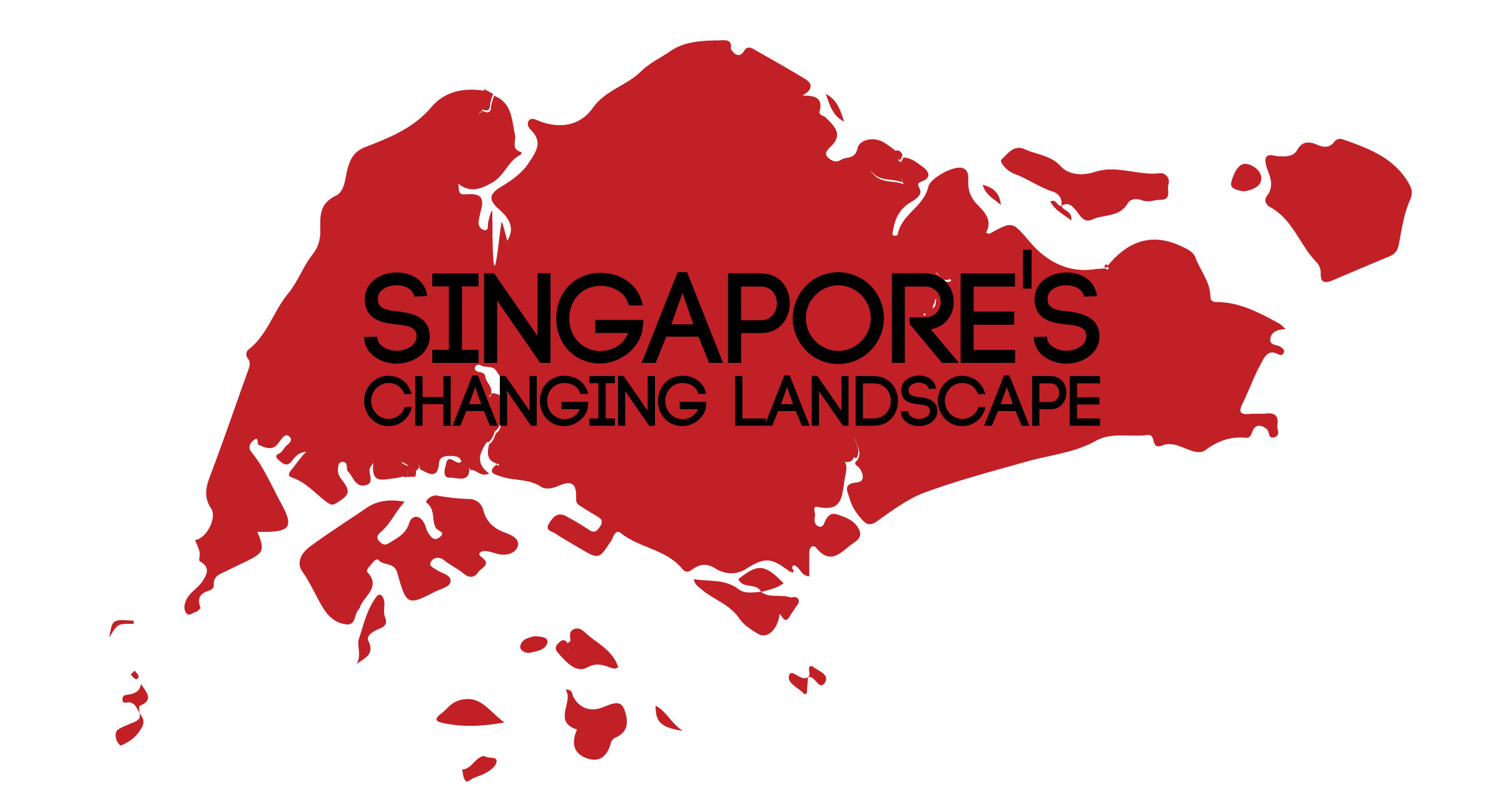
As Singapore enters into a new chapter of history-making after her 50th birthday, many grand plans have been put in the pipeline for the next 50 years. Here’s 3 of the many major changes we can expect to enjoy and marvel at:
The National Parks Board (NParks) on Sunday (Sep 20) marked the 25th anniversary of the Park Connector Network (PCN) in Singapore, with the planting of 200 trees at Balam and Pelton Canal Park Connectors by members of the community including schools, corporate organisations and residents of MacPherson.
The island-wide network of green links improve connectivity to major parks, nature sites and housing estates in Singapore, by taking advantage of drainage and road reserve land.
Over the years, the network has stretched to more than 300km in length. It has also evolved beyond its initial function of connecting parks, and now sports facilities such as bicycle-wheeling channels along overhead bridges along the routes.
An additional 30km of Park Connectors will be completed in Ang Mo Kio, Lorong Halus, and Ulu Pandan over the next three years. NParks aims to eventually grow the PCN to 360km long by 2020.
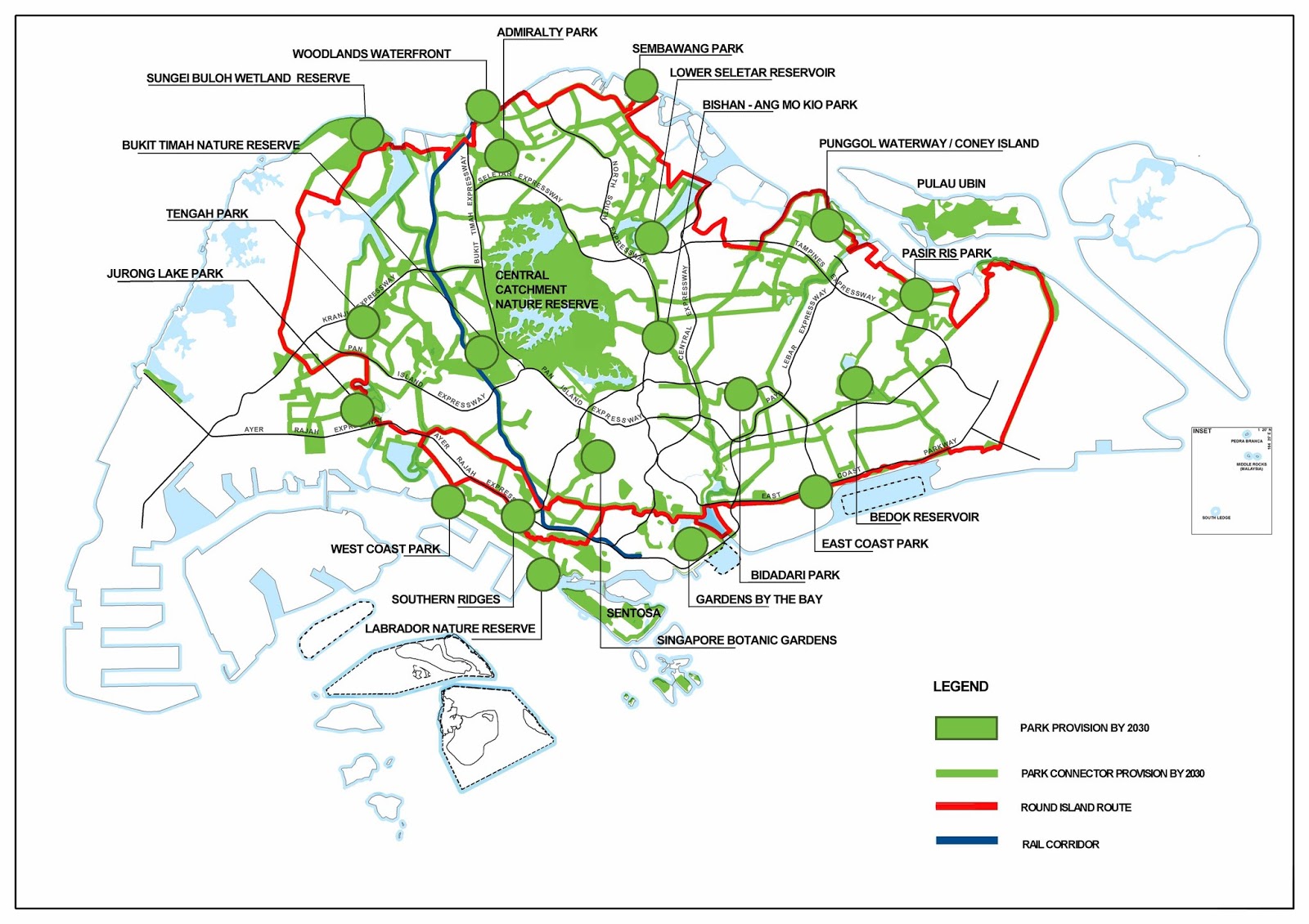
Adapted from http://www.channelnewsasia.com/news/singapore/nparks-marks-25-years-of/2139094.html
Mandai is set to become bigger and better, with plans underway to turn the leafy swathe of land in northern Singapore into a 126ha eco-tourism hub.
The area now houses the Singapore Zoo, the River Safari and the Night Safari. But from as early as 2020, they will be joined by two new attractions – the Bird Park, which will be relocated from Jurong, and the new Rainforest Park.
There will also be eco-sensitive accommodations such as camps, tents and family rooms.
At the Rainforest Park, visitors can go on a “multi-layered adventure” on aerial walkways that extend from the forest floor to the treetop canopies.
Over at the Bird Park, visitors can observe birds in their natural environments at the nine aviaries with different landscapes from around the world, such as wetlands, bamboo forests and rainforests.
The developer also announced plans to build an eco-bridge, similar to the one over the BKE, spanning Mandai Lake Road. The road links the central and northern parts of the Central Catchment Nature Reserve, with the whole Mandai area just outside of it.
Mr Mike Barclay, group chief executive of the Mandai Safari Park Holdings, said: “We want to give Singaporeans a nature and wildlife destination that they can call their own. Visitors have asked for more novel, engaging and immersive experiences and we hope the new Mandai nature precinct will provide all that and more. We are also mindful of the need to provide appealling public spaces so that everyone can enjoy the beauty of the Mandai nature precinct.
“Our vision is to create an integrated nature and wildlife destination, nestled within our bustling city for all Singaporeans and tourists to enjoy. Generations of Singaporeans have grown up with Jurong Bird Park and the wildlife parks in Mandai. This project provides an opportunity for renewal, and to deepen our collective affinity with the nature and wildlife of our region.”
Construction of Singapore’s new structure for Changi Airport, the Jewel Changi is underway.Images of how the project looks when it’s finished show impressive steel-and-glass biosphere-style structures filled with plants and a gigantic waterfall.
Scheduled for completion in 2018, if all goes according to plan, Project Jewel is likely to cement Changi’s reputation who is recently named SkyTrax World’s Best Airport for the third consecutive year.
The massive donut-like structure at its core will be 10 stories — five above ground and five underground — integrating airport facilities, with retail and leisure outlets. There’ll also be playgrounds and a hotel.
More than simply a new terminal, Jewel Changi Airport will be constructed on the site of the old parking lot fronting the existing Changi Airport’s Terminal 1, and will be “seamlessly connected” to the existing terminals, according to the airport.
Maintaining Singapore’s reputation as the “garden city,” Jewel Changi’s centerpiece will be Forest Valley, a five-story garden with thousands of trees, ferns and shrubs.
Commuters will even be able to take a hike up the valley, bringing outdoor activities in nature into an indoor environment.
Cascading through Jewel’s donut hole, in the middle of the forest, will be the 40-meter-high Rain Vortex. On completion, it’ll be the world’s tallest indoor waterfall, according to the airport. At night, the Rain Vortex will transform into a light and sound show.
Four different gateway gardens will feature unique landscape elements. The North Gateway Garden, for instance, will use the trunks of rain trees recycled from the airport’s old open-air parking lot. On the top level, Canopy Park will have gardens, walking trails, playgrounds and eateries spanning approximately 13,000 square meters.
Aren’t all these developments exciting? While we know how the future landscapes and appearance of Singapore will change, we do not know if Singapore as a nation can continue to prosper like we did for the last 50 years. Here’s what late Mr Lee Kuan Yew, our Founding Father had to say about Singapore’s future.
Q How confident are you that Singapore will survive you?
Mr Lee All I can say is I think Singapore is safe for 10 years. No trouble because there’s a team in place that will handle it. Whether it will be 15, 20, 30 years depends on them getting a team of players very soon. Part of the team is in place but you need a leader man. You need somebody who can communicate, who can mobilise people, move people. It’s not enough to have a good policy. You got to convince people.
Q What about beyond 10 years?
Mr Lee I think there will come a time when eventually the public will say, look, let’s try the other side, either because the PAP has declined in quality or the opposition has put up a team which is equal to the PAP and they say, let’s try the other side. It must come.
Q How will it happen?
Mr Lee It depends on when it happens and whether it happens all of a sudden or it happens gradually. If the decline in standards happens gradually, an opposition will emerge of quality. I mean, the public can sense it.
I think the more likely is a gradual evolution because it is most unlikely the way we have evolved the party and the renewal of the party leadership that you will get such a clash of opinions that it will divide the whole leadership, the MPs and the party machinery into two, or into one major part, one minor part.
Q What will happen if it takes place suddenly?
Mr Lee If it is sudden, well, you’re landed with an emergency. In that emergency I think the people will just take somebody like me and a few of those friends and say look, let’s make a bid and stop this from going down the drain.
Q What could possibly make it happen suddenly?
Mr Lee You have a rumpus in the leadership. They disagree profoundly, either for reasons of principle or personality and suddenly it breaks up… I cannot tell you what’s going to be in maybe 20, 30, 40 years, not possible. We might have a genuine difference of perspective what the future should be, what kind of Singapore will survive and thrive in that future. We might have a clash. I don’t know. I’ve lived long enough to know that nobody settles the future of his country beyond more than a decade or so of his life. Stalin grabbed the whole of eastern part of Europe, grabbed all the Asian republics right up to Siberia, took Outer Mongolia which belonged to China under his wing. That’s 1945. He’s dead. 1950s or -something, Khrushchev came up. 1992, it dissolved – less than 40 years. They threw up a Gorbachev who never went through a revolution, who did not know that he was sitting on a boiling cauldron.
Q So there’s nothing that can be done to prepare us for that eventuality?
Mr Lee Can anybody tell you how to prevent, from getting a stroke or an accident? That you will eventually die is a certainty, right? But how you will die, nobody can tell you.
Q What is your greatest fear for Singapore?
Mr Lee I think a leadership and a people that has forgotten, that has lost its bearings and do not understand the constraints that we face. Small base, highly, technically, organised, very competent people, complete international confidence, an ability to engage the big boys. You lose that, you’re down. And you can go down very rapidly…
No system lasts forever, that’s for sure. Ten years, I don’t think it’ll happen; 20 years, I can’t say; 30 years, even more I cannot tell you. Will we always be able to get the most dedicated and the most capable, with integrity to devote their lives to this? I hope so but forever, I don’t know.
As I re-read these extracts now, he seemed more tentative and ambivalent about Singapore’s future than I had ever heard him.
Who can tell what might happen beyond 20 years?
The PAP might still be around, but, then again, it might not.
But he had an underlying confidence in the people, that if they sensed Singapore was heading downhill, they would rally around another group and “stop this from going down the drain”.
Of all the things he had said about the future, that’s worth remembering.
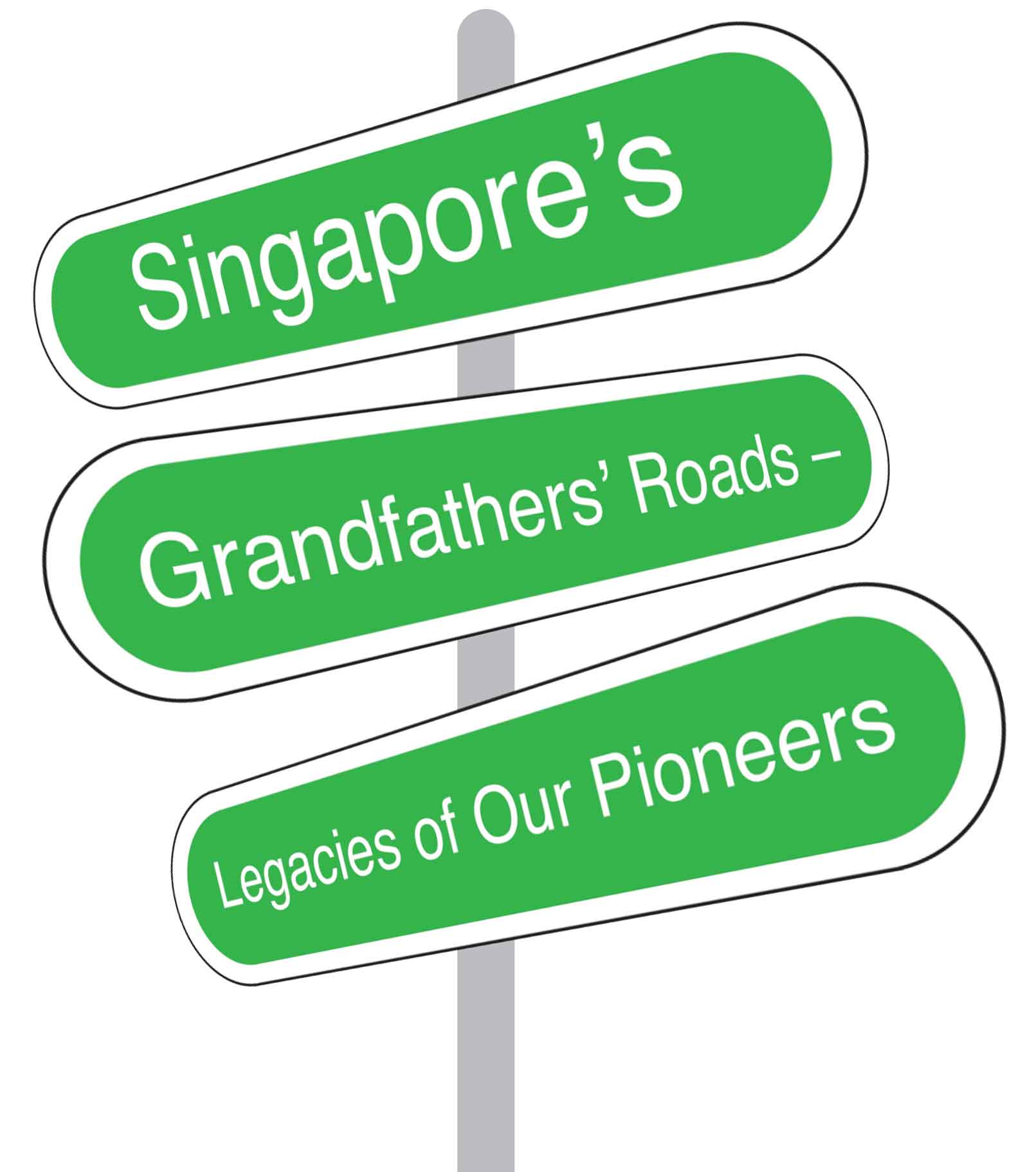 Names are important identification of an individual. When naming a newborn, parents take great pains in choosing a name that speaks of their hope for their precious little one. Similarly, street names are instituted to remember a significant person, object of event. It’s a way a country preserves a facet of its historical heritage and local culture.
Names are important identification of an individual. When naming a newborn, parents take great pains in choosing a name that speaks of their hope for their precious little one. Similarly, street names are instituted to remember a significant person, object of event. It’s a way a country preserves a facet of its historical heritage and local culture.
Below is a list of street named after certain individuals. Continue Reading…